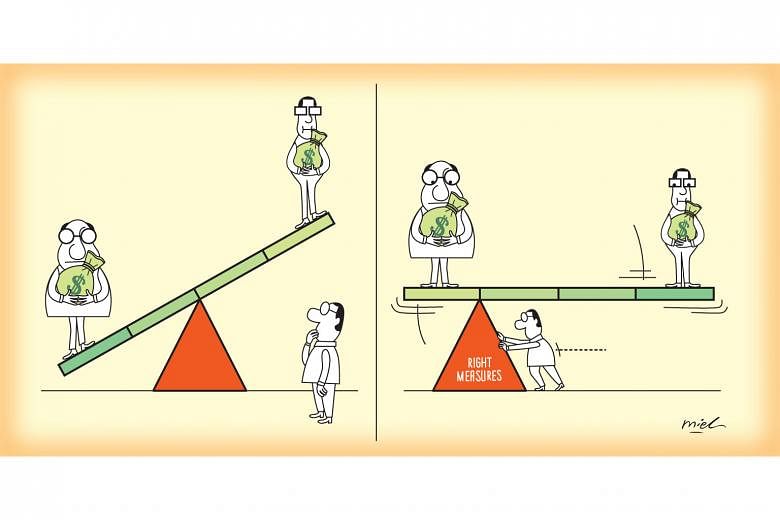I read with interest Professor Linda Lim's article about income inequality and its debilitating effects on Singapore's growth ("How inequality and low wages can stall growth"; July 21). While I agree with several of her points, especially that too much inequality can have adverse consequences, I disagree with her on many others.
While Prof Lim alludes to the Gini coefficient, a fair bit of the data she cited - including from the World Inequality Report 2018 by a group of researchers, including French economist Thomas Piketty - is about the income garnered by the top 10 per cent of the population. The income garnered by this group is a flawed measure of income inequality and has very little bearing on how the average person is faring.
Already a subscriber? Log in
Read the full story and more at $9.90/month
Get exclusive reports and insights with more than 500 subscriber-only articles every month
ST One Digital
$9.90/month
No contract
ST app access on 1 mobile device
Unlock these benefits
All subscriber-only content on ST app and straitstimes.com
Easy access any time via ST app on 1 mobile device
E-paper with 2-week archive so you won't miss out on content that matters to you

